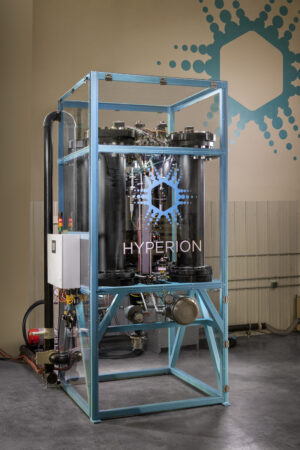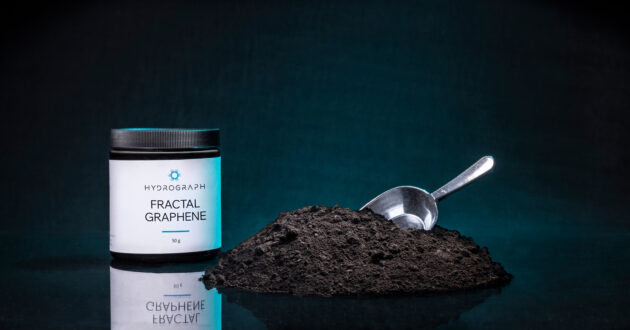
Q&A with Stuart Jara, CEO of HydroGraph on all things graphene
by Sadi Muktadir

Graphene as a raw material has shown the ability to be a wonder-material, hastening charging times on batteries and increasing its energy storage capabilities.

CEO Stuart Jara (Credit: HydroGraph Clean Power)
Graphene manufacturer HydroGraph Clean Power Inc. has commercialized a process to produce graphene without the use of graphite. In other words, unlike most graphene producers, HydroGraph doesn’t rely on China, instead leveraging an advanced manufacturing process. HydroGraph’s only raw materials are commodity industrial gases that are abundant and can be found everywhere, giving HydroGraph a leg up on the competition.
Graphene as a raw material has shown the ability to be a wonder-material, hastening charging times on batteries and increasing its energy storage capabilities.
- Examples of some of the peer-reviewed tests on HydroGraph’s graphene have shown:
- 47% increase in charge acceptance rate with lead acid batteries.
- 80% decrease in wear of mechanical parts using graphene lubricants.
- 27 % increase in compressive strength in cement.

(Credit: HydroGraph Clean Power)
Stuart Jara, sat down to talk about the work that HydroGraph is doing in the space.
Q: Can you give us a brief breakdown of HydroGraph Clean Power’s current work in the EV space and how close it is to commercialization?
Stuart: Absolutely. We’re currently researching graphene’s abilities with a broad area in mind, meaning we’re exploring its effectiveness in lithium-ion batteries and lithium-air batteries as well. Graphene has shown to help batteries charge faster, and hold more capacity.
Q: Where is the company focused when it comes to 2024 and its reported aim at accelerated growth?
Stuart: There are a number of products in development that we’re working on. One of those things is a graphene shield that can protect batteries from electromagnetic impulses and unwanted data transfers, and we’re hoping to land a significant multi-year contract from that. We’re currently going through EPA and regulatory approval in Canada, and we’re optimizing our production unit so we can manufacture graphene at scale.
Q: What are some areas you think graphene could be used in the manufacturing process that you still think is under-explored?
Stuart: We still think the market for electromagnetic shields is a great opportunity that isn’t being looked at heavily. Graphene can also act as a lubricant in various applications as well and we see a potential future in that.
Q: With the Canadian government focused on reducing emissions and supporting the EV manufacturing supply chain, how has HydroGraph benefitted from, or seen the effects of the government’s focus?
Stuart: We’re noticing companies having a much larger ESG focus, and manufacturers and companies are looking at ways to electrify or make their products more sustainable. We’ve seen that in the construction and concrete industry with innovations in sustainable concrete. Companies know it’s on the horizon and the future, and that started with some of the stuff from the federal government.
Q: Has HydroGraph had to deal with any supply chain issues or hurdles, or done anything to alleviate them for itself or its partners?
Stuart: We’ve been okay thus far, but we’ve definitely seen the market itself impacted by supply chain issues and China’s restrictions on graphene exports. Part of the reason we’re excited to continue growing is because we don’t have to rely on other parts of the world for graphite. Anyone can make graphene and create a more localized supply chain.
Q: Finally, we wanted to ask, what’s been the biggest hurdle to mass adoption and commercialization? Where does the biggest resistance come from?
Stuart: The biggest resistance is mostly because the market hasn’t been working with graphene and they don’t have a lot of experience with it. There’s a difference between graphene and graphite and the market is still getting used to that.

(Credit: HydroGraph Clean Power)